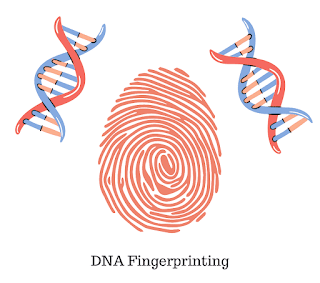Polyvinyl Chloride (PVC): Definition, Preparation, Properties and Applications
What is Polyvinyl Chloride (PVC)?
Polyvinyl Chloride (PVC) is the third most widely used thermoplastic polymer after polyethylene and polypropylene. It is prepared by radical polymerization of vinyl chloride to produce material composed of an average of 10,000 to 24,000 monomer units.
It is atactic and therefore amorphous, but it has a relatively high glass transition temperature (Tg) because of the large size of its molecules and its polar carbon-chlorine bond.
Preparation of Polyvinyl Chloride (PVC)
The monomer vinyl chloride is treated with peracid under pressure to obtain Polyvinyl Chloride (PVC)
Properties of Polyvinyl Chloride (PVC)
1. It is a linear polymer and thermoplastic in nature.
2. It is a white brittle solid, hard, rigid material which tends to stick to the metallic surface.
3. It is insoluble in all hydrocarbon solvents.
4. It has a melting point of 212℃ and glass transition temperature (Tg) is 80℃.
Applications of Polyvinyl Chloride (PVC)
1. When PVC is plasticized with high boiling esters such as di-n-butyl phthalate, it is used for making raincoats, handbags, shower curtains, vinyl flooring, water pipes, etc.
2. Around the world, over 50 % of PVC manufactured is used in construction. As a building material, it is cheap, durable, and very easy to assemble. It is a rigid material and is used to make pipes, panels, and molded objects.
3. PVC is commonly used as insulation on electric wires.
4. PVC is used in the healthcare sector for the manufacturing of blood collection, ostomy, and urine collection products.
2. Around the world, over 50 % of PVC manufactured is used in construction. As a building material, it is cheap, durable, and very easy to assemble. It is a rigid material and is used to make pipes, panels, and molded objects.
3. PVC is commonly used as insulation on electric wires.
4. PVC is used in the healthcare sector for the manufacturing of blood collection, ostomy, and urine collection products.




